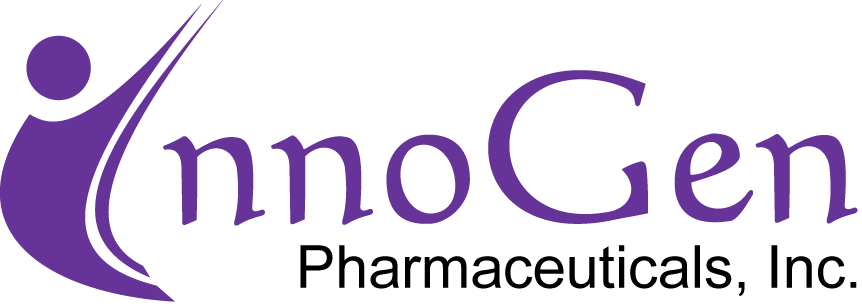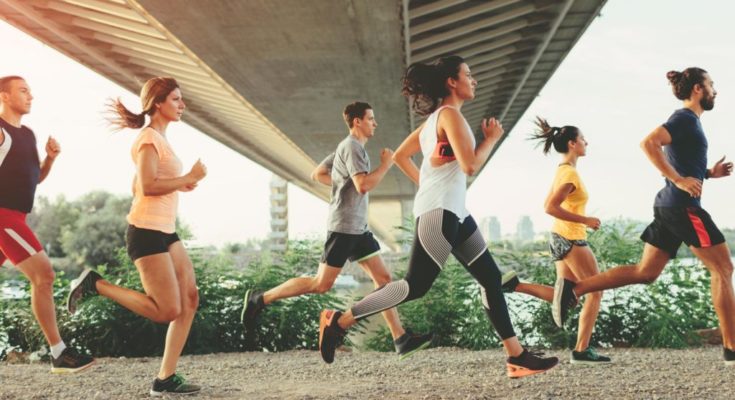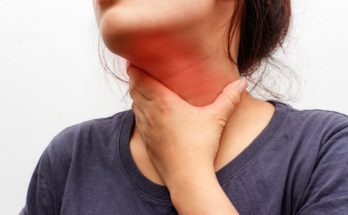Love life and engage in regular exercise. This is one of the best things you can do for yourself and your health; has a lot of beneficial effects and promotes improvement of sense of well-being, and longevity. Aside from your heart, muscles and bones, the respiratory system is the most involved part of your body during the exercise. It meets the needs of your working muscles and make sure that there is enough oxygen while it transports carbon dioxide out of your system. According to fitnessVigil, here are the respiratory benefits that you are guaranteed to achieve as you involve yourself in regular exercise.
Short-term Benefits of Exercise on the Respiratory System
- Increases the Respiratory Rate
Exercise is nothing but an elevated physical activity, due to which the muscles in the body utilize more oxygen and produce excess carbon dioxide. The lungs need to work harder to cater to this oxygen demand, as well as to eliminate the excess carbon dioxide. Hence, the breathing rate of a person increases from about 15 breaths per minute when at rest, to about 40 – 60 breaths per minute during a workout.
- Increases the Tidal Volume
The tidal volume refers to the amount of air inhaled and exhaled in one breath. With exercise generating excess carbon dioxide, and with the requirement of more oxygen, the breathing rate elevates immediately after exercising. This elevated breathing rate increases the tidal volume as well.
- Increases the Rate of Gas Exchange
There is a continuous exchange of oxygen and carbon dioxide that takes place in the lungs. While exercising, the breathing rate increases, and the rate of gas exchange between the alveoli and capillaries is also maximized to supply oxygen and remove excess carbon dioxide.
Long-term Benefits of Exercise on the Respiratory System
- Strengthening of the Respiratory Muscles
The respiratory muscles, diaphragm, and the intercostal muscles need to work harder for the inhalation and exhalation of gases to occur rapidly. Thus, they are strengthened and the chest cavity becomes larger.
- Increases Respiratory Volume
Respiratory volume is the amount of air inhaled, exhaled, and stored in the lungs at any given time. It is also known as Lung Capacity. Physical activity augments the respiratory volume, and increases the volume of oxygen diffused in the cells. This increases the maximum amount of oxygen the body can use during a specified period, which is known as the aerobic capacity of the lungs.
- Efficient Gaseous Exchange
Regular exercise increases the number of capillaries surrounding the alveoli. It also makes the capillaries dilate more, so that the gaseous exchange between the two takes place more effectively.
- Improves Lung Efficiency
Long-term benefits of exercising also help improve the efficiency of the lungs by facilitating transport of oxygen to all the cells of the body. Training also increases blood flow to a large extent, which enhances the area of the lungs involved in the exchange of gases.
Elevated levels of oxygen in the body improves your ability to focus, concentrate, and keeps you alert. Exercise enhances your immune power, thus reducing the chances of contacting infections. It also is beneficial for the overall working and metabolism in the body.
Other than these, an exercise routine is seen beneficial to smoking cessation.
Sources:




